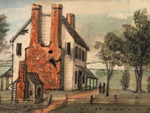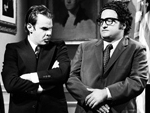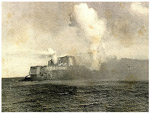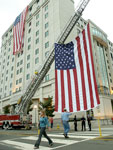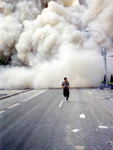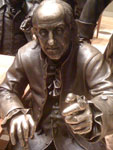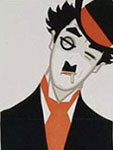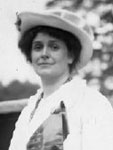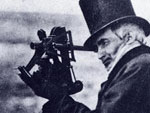KnowLA: Encyclopedia of Louisiana
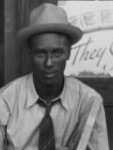
Launched in 2010 as a resource for history and culture in the state by the Louisiana Endowment for the Humanities, this website is still a work in progress. Nonetheless, it is an attractive website that provides information on six main topics: Louisiana art, architecture, history, literature, music, and folklife.
The main historical content can be easily accessed through the "Categories" and "Time Periods" sections in the navigation menu under the site header. Aside from the aforementioned six topics, content on the site is also categorized by 12 time periods. By clicking on a specific category, such as "Louisiana History," users will find three subsections: entries, images, and media. U.S. and Louisiana history teachers will find more than 250 entries in each of the six categories, arranged alphabetically per section. Viewers can also access these entries, over 1,100 images, and more than 200 media items by historical time period or region of the state.
Future plans include lesson plans and personal accounts that would allow students to collect images, record notes, and create original slideshows and stories. A tutorial at the top of the "About" page describes both current and anticipated ways to access information and use the site.
Teachers will find KnowLA a useful site for incorporating Louisiana history and culture into their history curriculum. Users will discover that Louisiana's influential role in U.S., Caribbean, and Atlantic history is worth further exploration.
